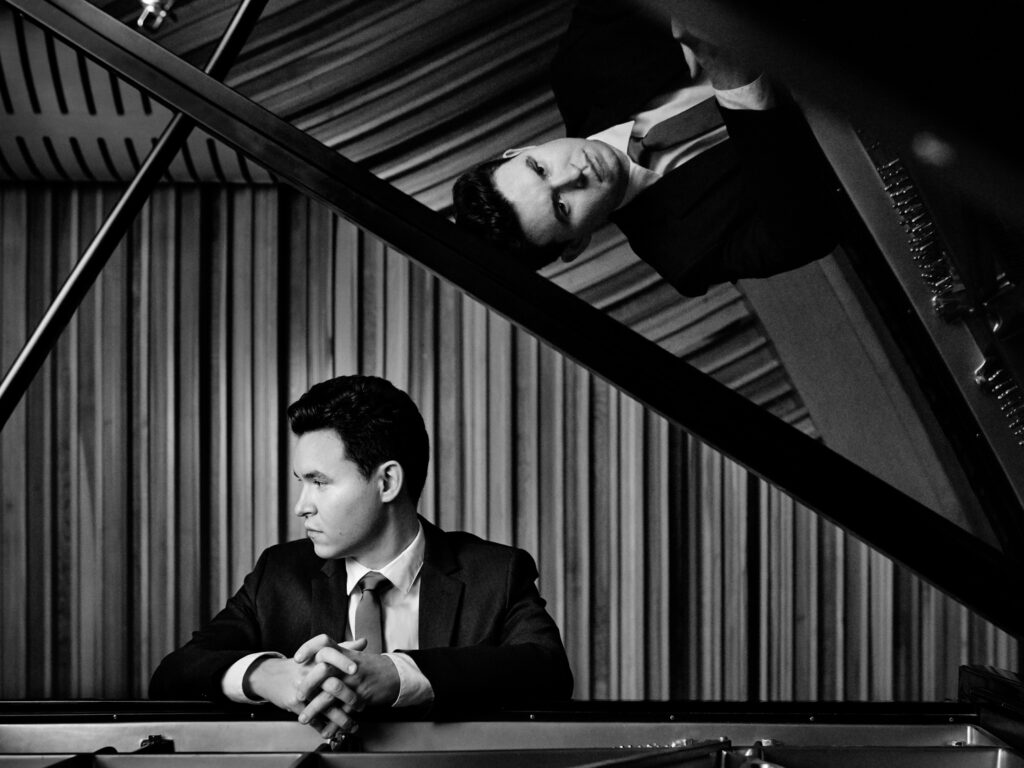Works
Upcoming Concerts
Chopin Project Presents Matthew Graybil in Series Finale — NYC’s Klavierhaus
Saturday, March 16th | 7pm
Klavierhaus | NYC
790 11th Avenue New York, NY

Chopin Project Presents Matthew Graybil in Series Finale — NYC’s Klavierhaus
Saturday, March 16th | 7pm
Klavierhaus | NYC
790 11th Avenue New York, NY
